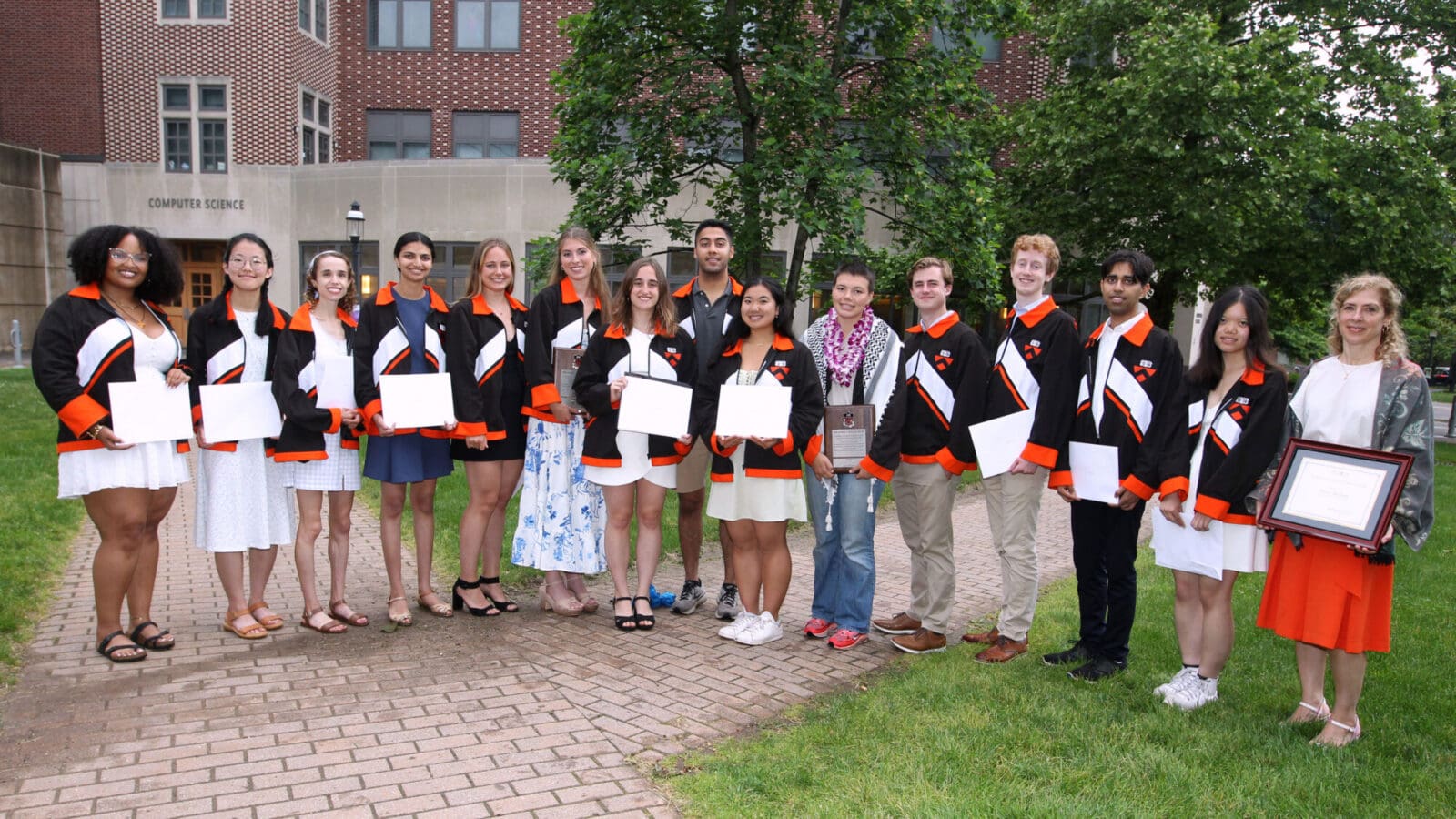Billington receives Distinguished Award of Merit for engineering achievements
By
on
David Billington, a Princeton professor of civil and environmental engineering, has received the 2008 Distinguished Award of Merit from the American Council of Engineering Companies.
Billington, the Gordon Y. S. Wu Professor of Engineering, received the award Oct. 21 at the ACEC’s fall convention in Montreal, Canada. During the award ceremony, ACEC President David Raymond, called Billington “a national treasure” and recognized him for “outstanding contributions to the field of engineering, pioneering achievements in social and artistic aspects of engineering design, and exemplary accomplishments in engineering education.”
In winning the award, Billington joins a distinguished list of 50 previous recipients that includes Presidents Eisenhower and Hoover, astronomer and author Carl Sagan, and astronaut Neil Armstrong. The award dates to 1952 and recognizes leaders from government, education, science and business for exemplary contributions to the field of engineering.
Billington began teaching at Princeton University’s School of Engineering and Applied Science in 1961 and has since instructed about 5,000 engineering students.
He is known for connecting engineering to other disciplines within the University, such as the humanities, art, science and politics. This is reflected in his popular courses in “Structures and the Urban Environment” and “Engineering in the Modern World,” which combine the study of engineering with an exploration of the aesthetic and social values.
Over the past three summers, he and another engineering faculty member, Maria Garlock, led a research on the work of Spanish-born structural artist Félix Candela. Models of Candela’s elegant thin-shelled concrete structures are on display this fall at the Princeton Art Gallery.
Billington has written numerous books, including Power, Speed, and Form: Engineers and the Making of the Twentieth Century, a popular history of engineering innovation which he co-authored with his son, David Billington Jr.






